As the mobile phone market continues to evolve and advance, some brands that were once popular and ubiquitous have fallen by the wayside. While they may have been at the forefront of innovation and technology in their heyday, changing consumer preferences and increased competition have led to their decline and eventual discontinuation. In this blog post, we will explore some of the mobile phone brands that used to be popular in the past but are now discontinued, taking a closer look at their history, popularity, and eventual decline.
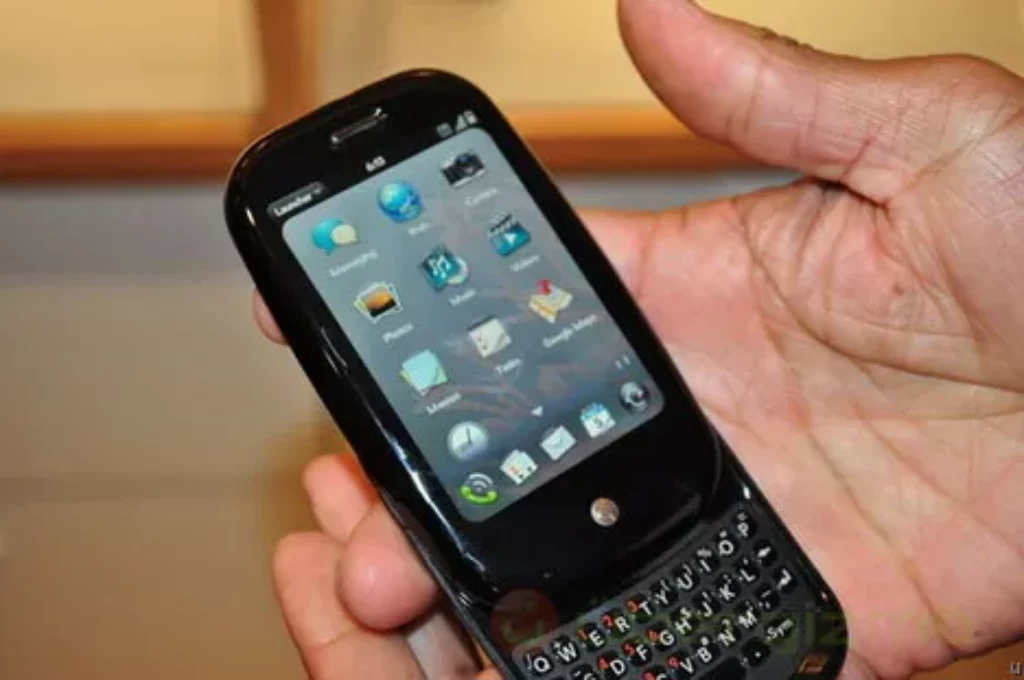
1. PALM
Palm, a once-popular brand of mobile devices, had a fascinating history of innovation, popularity, and eventual decline. The brand’s signature device, the Palm Pilot, was first introduced in 1996 and quickly became a must-have tool for business professionals, students, and tech enthusiasts.
The Palm Pilot was a Personal Digital Assistant (PDA) that could store contacts, calendars, and notes, as well as sync with a user’s computer. It featured a stylus and touch screen, making it a breakthrough device in the era before smartphones. The Palm Pilot was so successful that it spawned several follow-up models, including the Palm III, Palm V, and Palm VII.
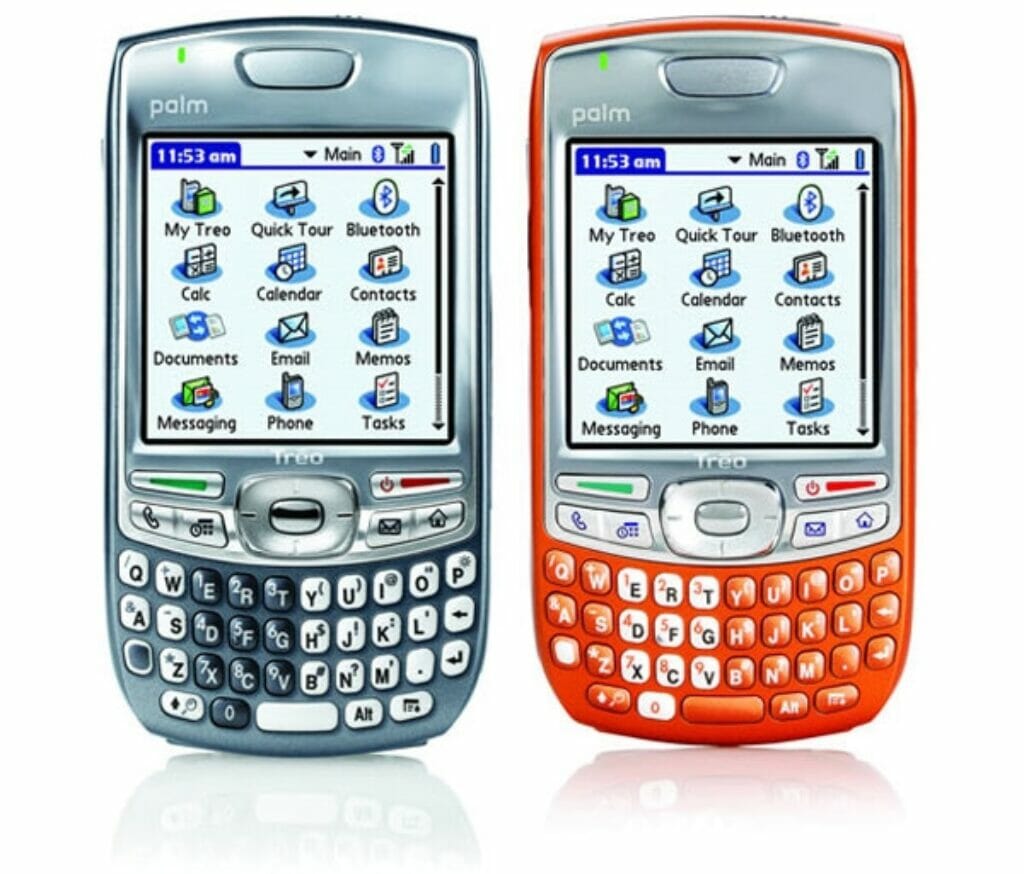
However, with the advent of smartphones in the mid-2000s, Palm struggled to keep up with the competition. The company attempted to enter the smartphone market with devices like the Palm Treo and Palm Centro, but these devices were ultimately unsuccessful. Palm was also slow to adopt touch-screen technology, which put it behind rivals like Apple’s iPhone and Google’s Android devices.
In 2010, Palm was acquired by Hewlett-Packard (HP) for $1.2 billion. HP attempted to revive the brand with the introduction of the Palm Pre and Palm Pixi smartphones, but these devices failed to gain traction in the market. HP eventually discontinued the Palm brand in 2011, citing poor sales.
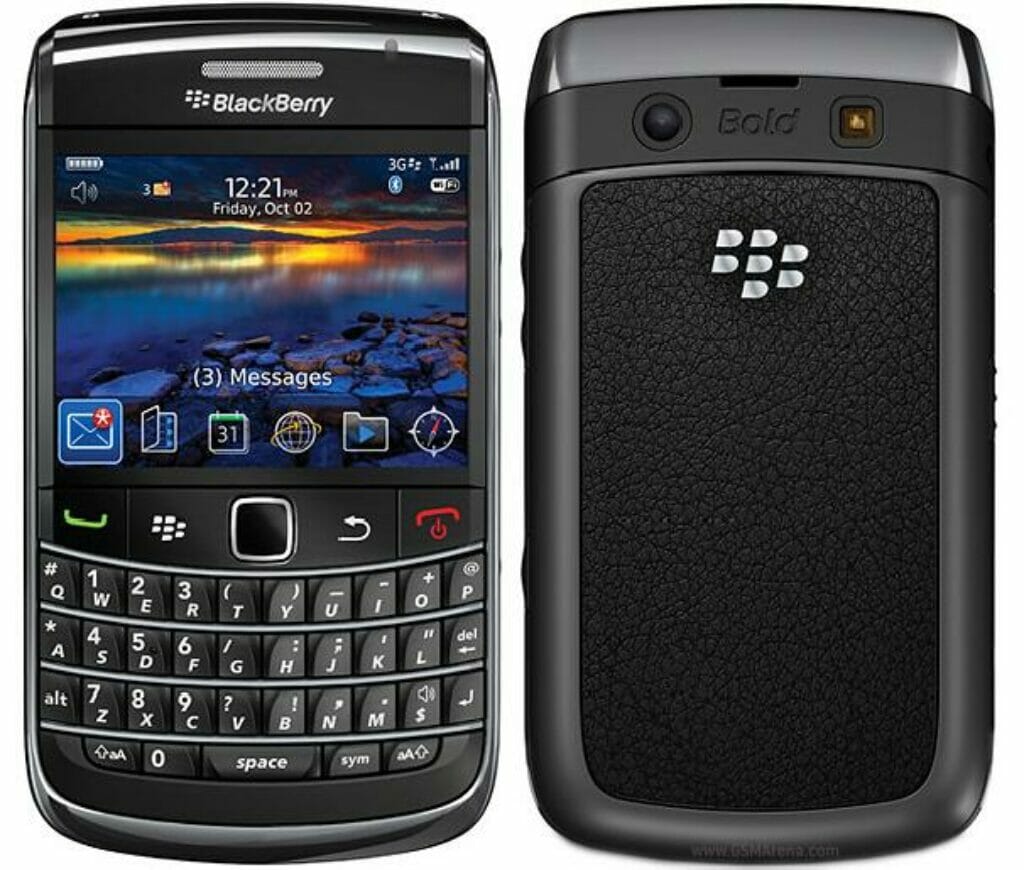
2. Blackberry
Blackberry, a once-iconic mobile device brand, had a fascinating history of innovation, popularity, and eventual decline. The brand’s signature device, the Blackberry Bold, was first introduced in 2008 and quickly became a must-have tool for business professionals, politicians, and celebrities.
The Blackberry Bold featured a physical keyboard and a secure messaging platform, making it a breakthrough device in the era before touch-screen smartphones. Blackberry’s messaging platform, known as Blackberry Messenger (BBM), was particularly popular and had a loyal following.
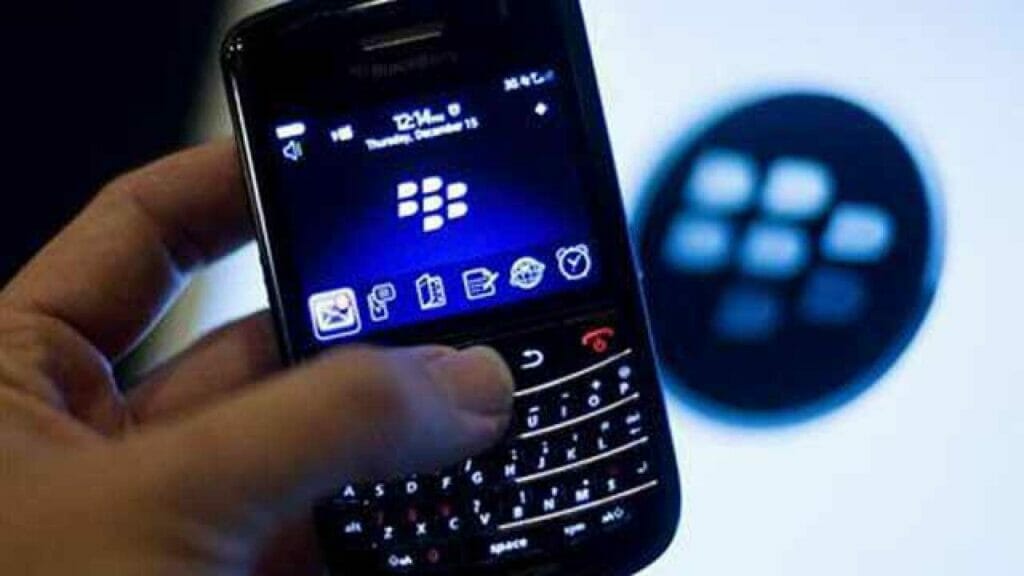
However, with the rise of touch-screen smartphones in the mid-2000s, Blackberry struggled to keep up with the competition. The company attempted to enter the touch-screen market with devices like the Blackberry Storm, but these devices were ultimately unsuccessful. Blackberry was also slow to adopt app stores and third-party app development, which put it behind rivals like Apple’s iPhone and Google’s Android devices.
In 2013, Blackberry was acquired by a private equity firm, which attempted to revive the brand with the introduction of new smartphones, including the Blackberry Z10 and Blackberry Q10. However, these devices failed to gain traction in the market, and Blackberry eventually announced that it would no longer make its own smartphones in 2016.

3. LG
LG, a South Korean electronics company, had a long history in the mobile device industry, with many popular and innovative devices over the years. However, the brand announced in April 2021 that it was discontinuing its mobile phone business, marking the end of an era for LG in the mobile device market.
LG first entered the mobile phone market in 2002 with the release of the LG-KP100. The company quickly gained popularity with devices like the LG Chocolate and LG Shine, which were known for their sleek design and advanced features.
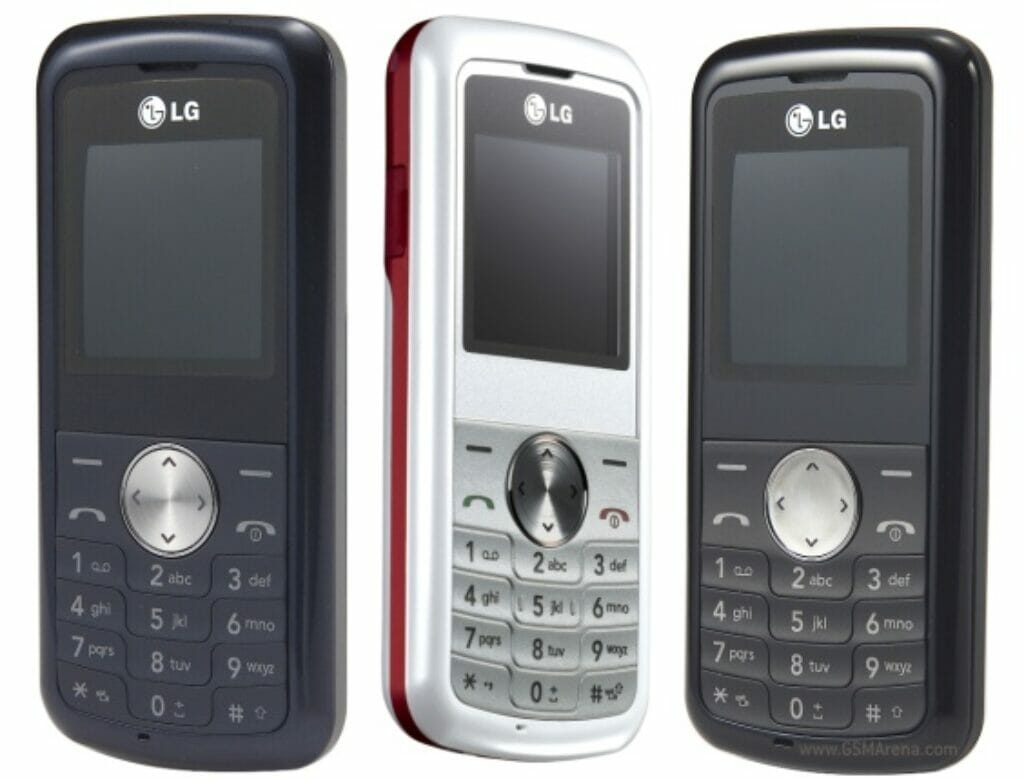
In the early 2010s, LG became one of the first manufacturers to produce smartphones with 3D displays and later released the LG G3, which was one of the first smartphones to feature a quad-HD display. The LG G3 was a critical and commercial success, but LG struggled to maintain its market share in the face of competition from companies like Samsung and Apple.
In recent years, LG attempted to differentiate itself with unique features like modular components and dual-screen displays. However, these devices failed to gain traction in the market, and LG’s mobile phone business continued to lose money. In April 2021, LG announced that it was discontinuing its mobile phone business to focus on other areas of its business, such as home appliances and electric vehicle components.
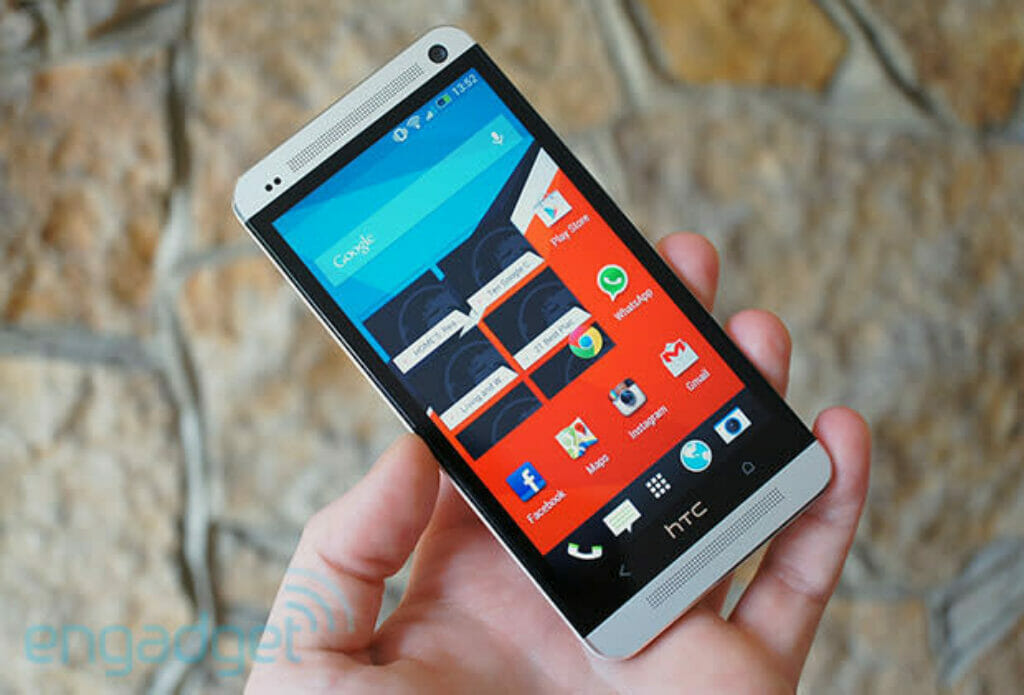
4. HTC
HTC was once a major player in the mobile device industry, known for producing high-quality smartphones with innovative features. The company was founded in Taiwan in 1997, and initially focused on manufacturing devices for other companies.
In the early 2000s, HTC began producing smartphones under its own brand, starting with the HTC TyTN in 2006. The company quickly gained popularity for its Android smartphones, which were among the first to feature large touchscreens and advanced camera technology.
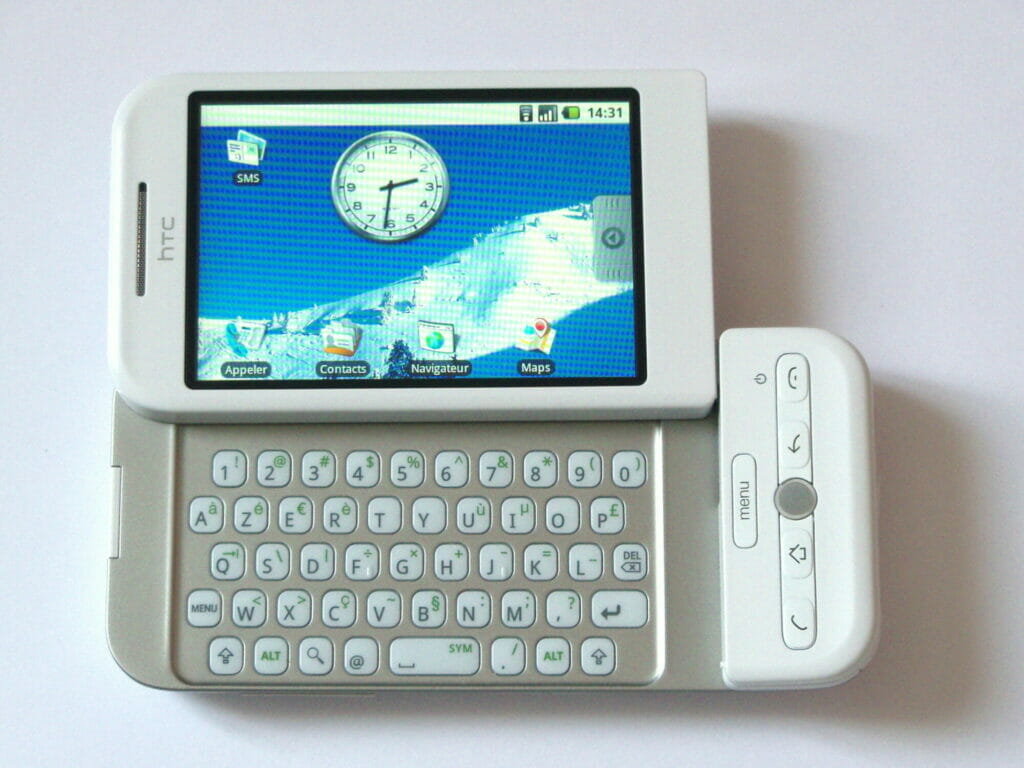
HTC continued to release popular smartphones throughout the late 2000s and early 2010s, including the HTC One series, which was praised for its sleek design and high-quality sound.
However, in the face of fierce competition from other smartphone manufacturers such as Samsung and Apple, HTC struggled to maintain its market share. The company faced financial difficulties and underwent several restructuring efforts, including a partnership with Google in 2018.
Ultimately, despite its innovative products and loyal fanbase, HTC was unable to keep up with the fast-changing mobile device market, and in 2020 the company announced that it would no longer produce smartphones. Despite its decline, HTC remains a significant player in the virtual reality space, with its Vive line of VR headsets continuing to gain popularity among gamers and tech enthusiasts.
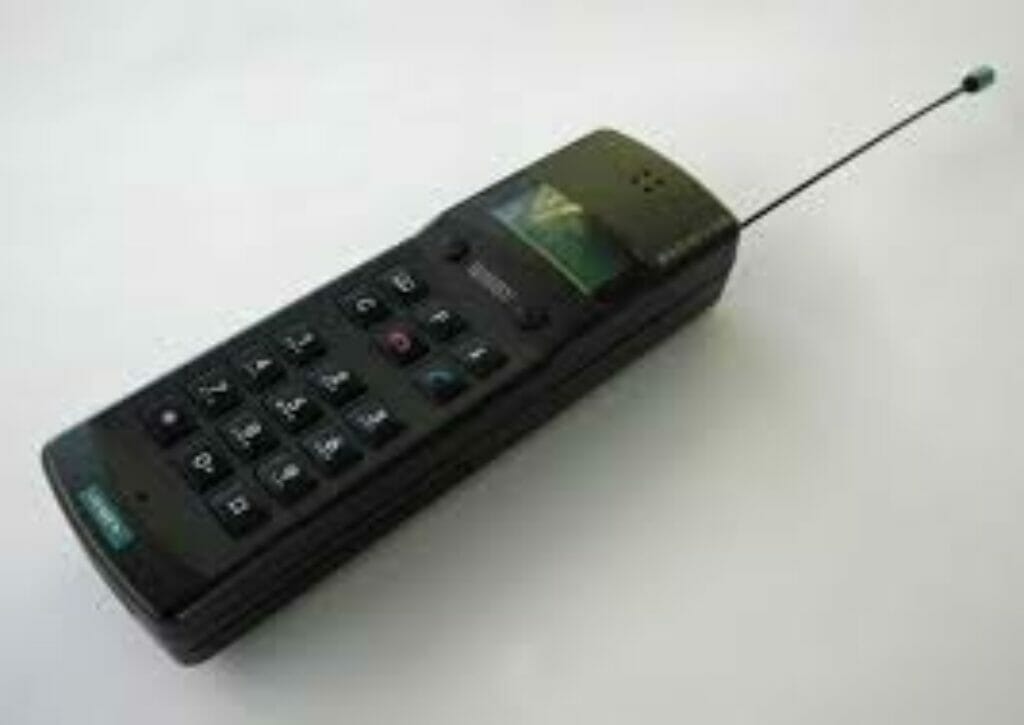
5. Siemens
Siemens, a German electronics company, had a brief but impactful history in the mobile device market. The company produced a range of mobile phones, including some that were popular during their time, but ultimately exited the market in the mid-2000s.
Siemens first entered the mobile phone market in the early 1990s, with devices like the Siemens S1. These devices were basic mobile phones that offered limited functionality, but they helped establish Siemens as a player in the mobile phone market.
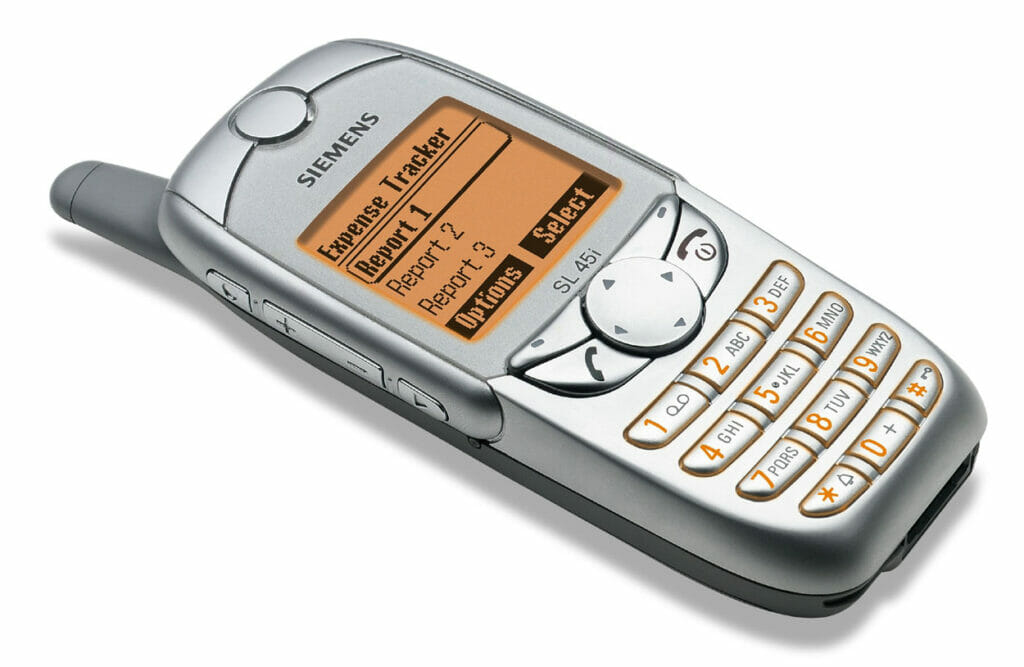
In the late 1990s and early 2000s, Siemens produced a range of mobile devices that were popular among certain user groups. Devices like the Siemens SL45i, which offered MP3 playback and a color screen, were popular among music lovers. Meanwhile, devices like the Siemens S45, which offered long battery life and a durable design, were popular among business users.
Despite its early successes, Siemens struggled to keep up with competitors like Nokia and Motorola. The company’s devices were often criticized for their uninspired design and limited features, which made them less appealing to consumers.
In 2005, Siemens announced that it would be exiting the mobile phone market to focus on other areas of its business. The company sold its mobile phone business to BenQ, a Taiwanese electronics company, but the acquisition was ultimately unsuccessful, and BenQ went bankrupt in 2006.
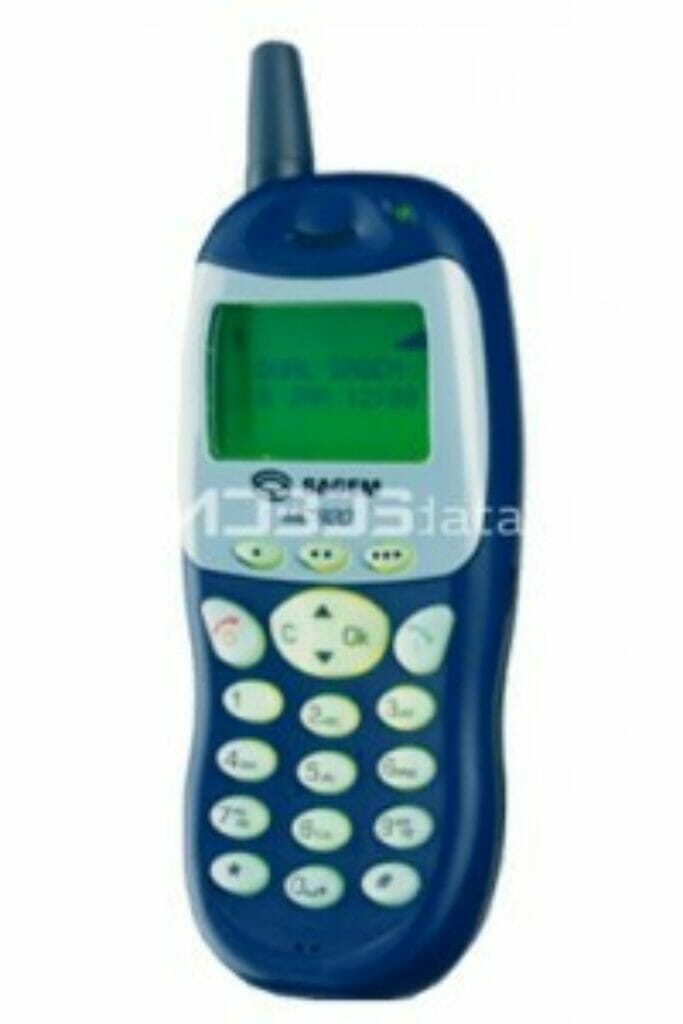
6. Sagem
Sagem, a French telecommunications company, had a brief but noteworthy history in the mobile device market. The company produced a range of devices that gained some popularity, particularly in Europe, before ultimately exiting the market.
Sagem first entered the mobile device market in the 1990s with devices like the Sagem MC920, which was one of the first mobile phones with an integrated answering machine. The company continued to produce devices throughout the 2000s, offering a range of features like color screens, cameras, and MP3 players.
While Sagem’s devices gained some popularity, particularly in Europe, the company struggled to keep up with the rapid pace of innovation in the mobile phone market
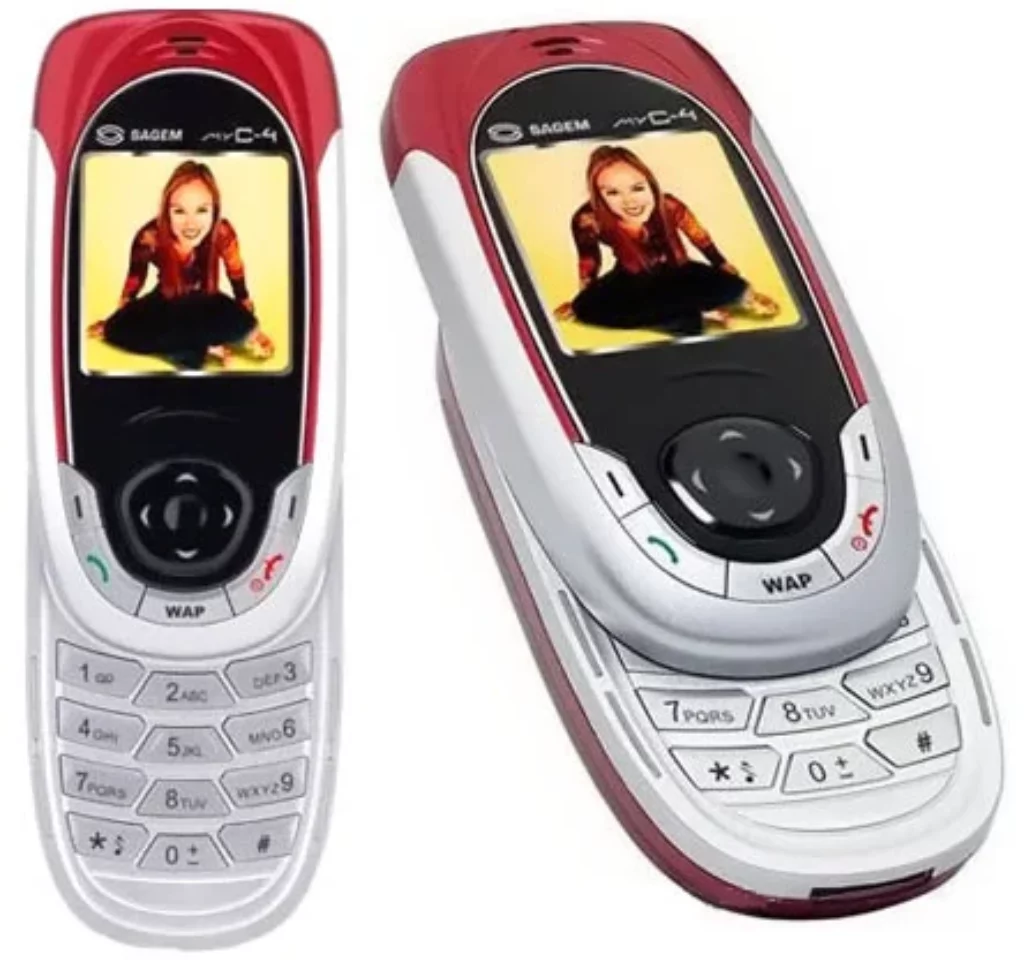
In the years since, Sagem has exited the mobile phone market entirely and has shifted its focus to other areas of the telecommunications industry. While the company’s devices may not have been as successful as those of its competitors, Sagem played an important role in the early days of the mobile phone market, helping to shape the industry into what it is today.
In conclusion, the mobile phone market has seen its fair share of brands rise and fall over the years. While some were able to adapt and evolve with changing trends and consumer demands, others were not so lucky. The mobile phone brands discussed in this blog post may no longer be around, but they played an important role in shaping the industry into what it is today. As we look to the future of mobile technology, it will be interesting to see which brands will emerge as the new leaders and innovators in the industry. One thing is for sure, though – the mobile phone market is always changing, and we can expect more brands to come and go in the years to come.








